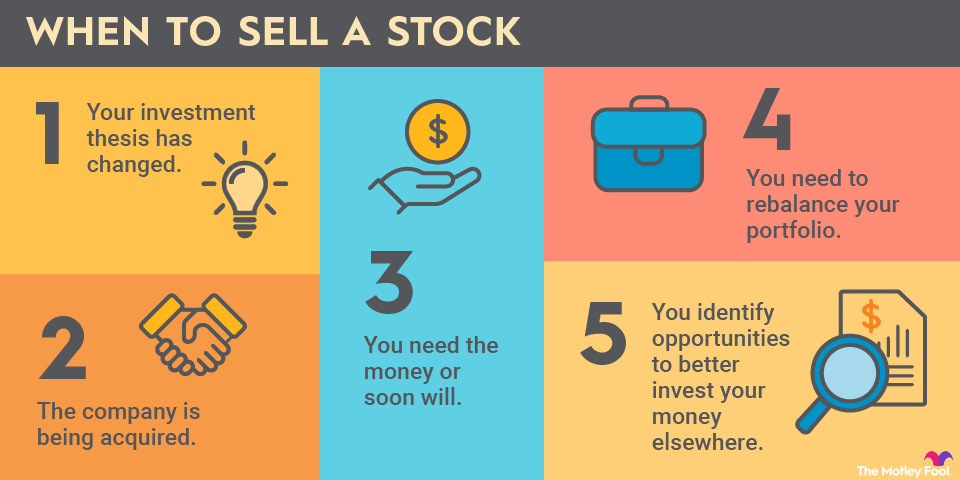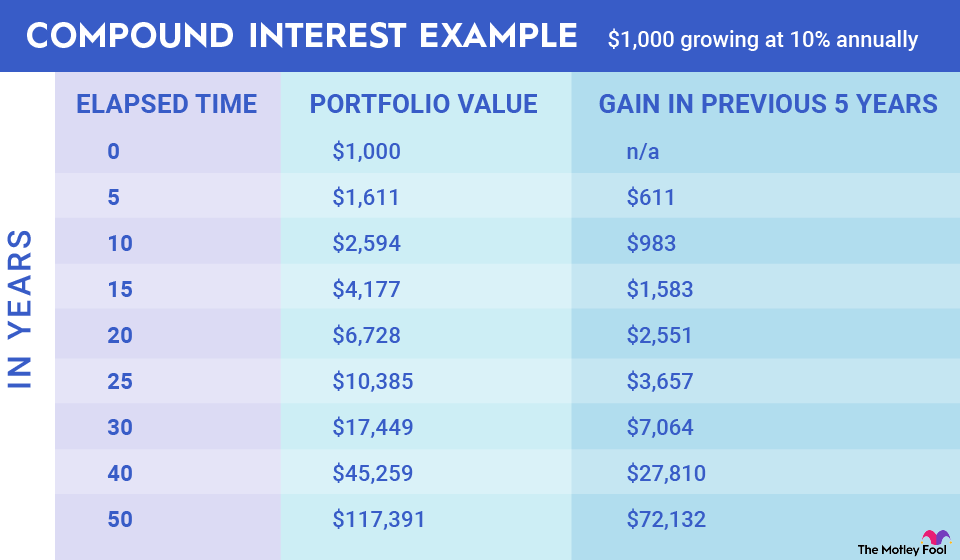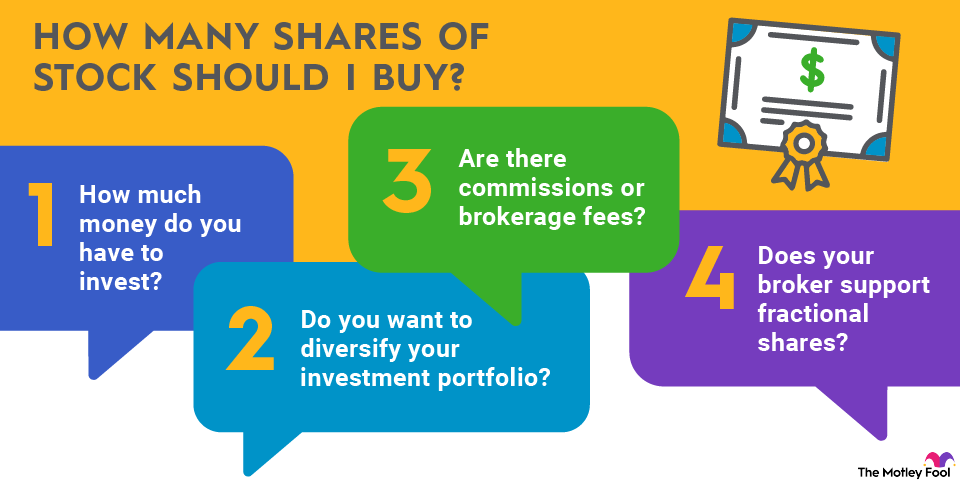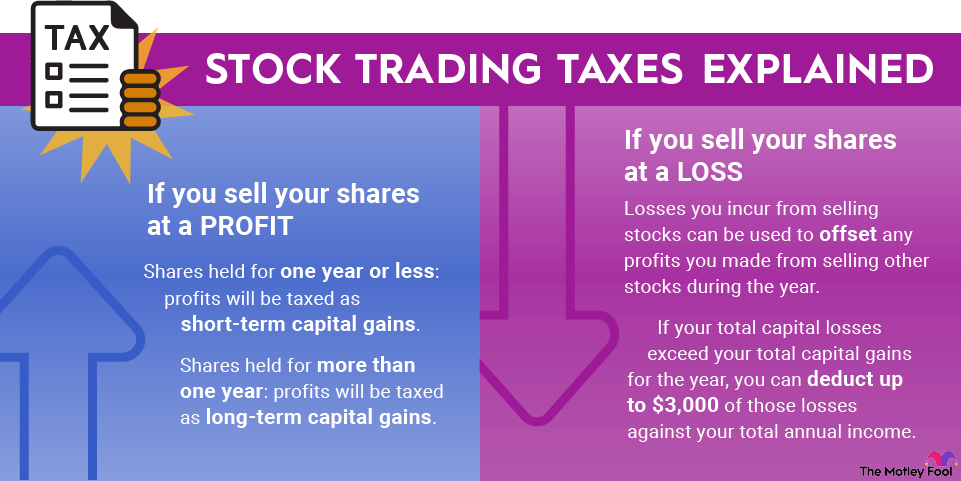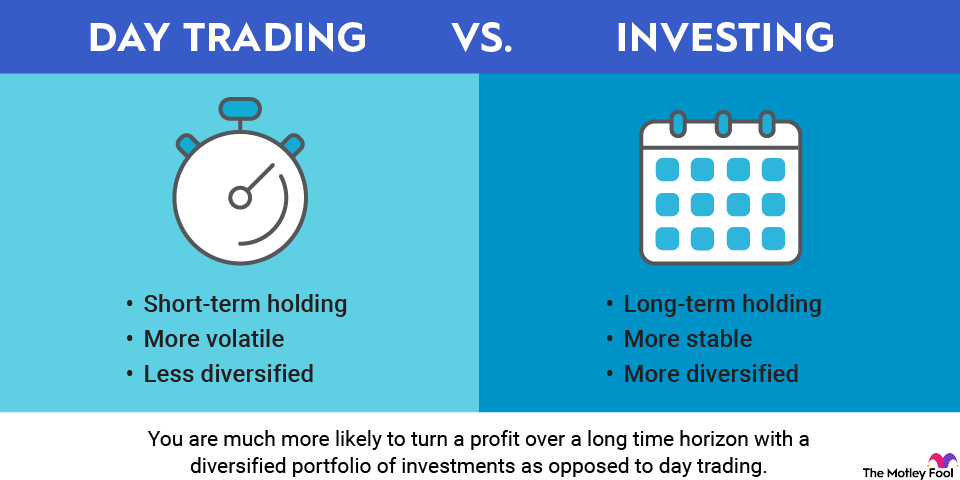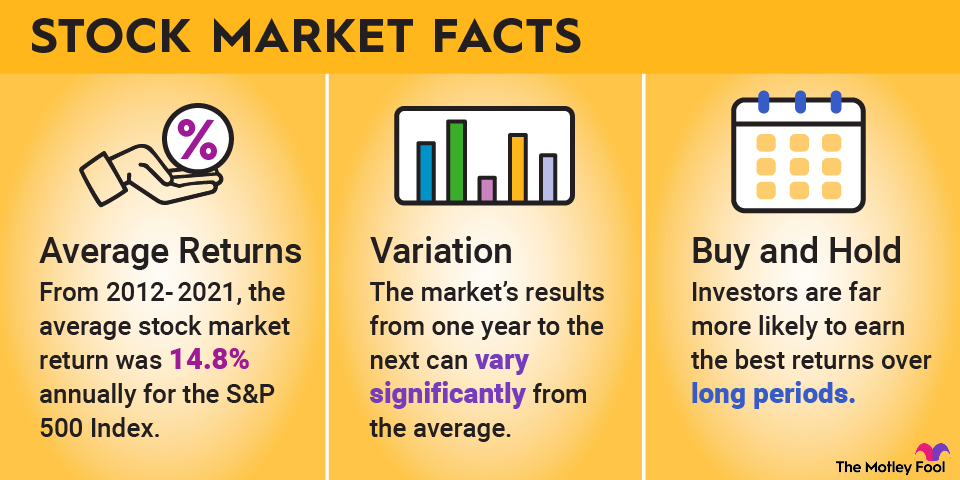Rivian (RIVN -2.76%) is one of the most talked-about names in electric vehicles. Best known for its all-electric trucks and SUVs, the company has attracted attention from everyday investors and major partners, including Amazon, since going public in 2021.
Whether you're an investor who is generally bullish on EVs or you're generally interested in growth opportunities, Rivian is a compelling consideration. Below, we’ll walk through how to purchase Rivian shares, what to consider before investing, and other ways to gain exposure to the EV maker.
How to buy Rivian stock
You can buy Rivian stock the same way you’d buy any publicly traded company -- through a brokerage account.
- Open or log in to your brokerage account: If you don’t have one yet, choose one of our favorite trusted, beginner-friendly platforms and complete the sign-up process.
- Fund your account: Transfer money so you’re ready to invest.
- Search for Rivian: Enter the ticker symbol "RIVN" into the search bar to bring up Rivian's trading page.
- Decide how many shares to buy: Consider your investment goals and how much of your portfolio you want to allocate to this stock.
- Select order type: Choose between a market order to buy at the current price or a limit order to specify the maximum price you're willing to pay.
- Submit your order: Confirm the details and submit your buy order.
- Review your purchase: Check your portfolio to ensure your order was filled as expected and adjust your investment strategy accordingly.
Should you invest in Rivian?
Rivian may appeal to some investors, but not everyone. Here’s a quick overview to help you decide:
Reasons Rivian might appeal to you:
- You’re excited about the EV industry and Rivian’s early leadership in electric trucks and SUVs.
- You prefer American-based manufacturing and like that Rivian is expanding plants in Illinois and Georgia.
- You value strong partnerships -- Amazon is Rivian’s largest shareholder, and Volkswagen entered a joint venture with the company in 2024.
- You’re comfortable investing in a company focused on long-term growth, not current profitability.
Things to consider before buying:
- Rivian is still early in its journey, and the stock has been highly volatile -- down about 85% from its IPO price through late 2025.
- Profitability isn’t guaranteed, and growth execution will be key.
- Rivian competes in a fast-moving industry, including major rivals like Tesla and emerging EV manufacturers.
- The stock may take time (and patience) to recover and stabilize.

NASDAQ: RIVN
Key Data Points
Is Rivian profitable?
Rivian began generating revenue in 2021 when it reported $55 million on the top line. The bottom line, however, didn't provide much for investors to celebrate -- a net loss of $4.7 billion.
In 2022 and 2023, Rivian's sales accelerated considerably. After delivering 920 vehicles in 2021, Rivian delivered 20,332 vehicles in 2022 and 50,122 vehicles in 2023. This led to the company reporting revenue of $1.7 billion and $4.4 billion in 2022 and 2023, respectively. However, the company failed to achieve comparable growth in terms of profits. In 2022, Rivian reported net losses of $6.8 billion in 2022 and $5.4 billion in 2023.
Suffering a dip compared to 2023, Rivian reported deliveries of 49,476 vehicles in 2024. However, the company reported a gross profit of $170 million in the fourth quarter of 2024 and $206 million in the first quarter of 2025.
In regard to the bottom of the income statement, Rivian incurred a net loss of $1.7 billion for the first two quarters of 2025, an improvement on the net loss of $2.9 billion it reported during the same period in 2024.

Does Rivian pay a dividend?
At this point, Rivian doesn't pay a dividend to shareholders. The company only recently began to generate revenue, and it's committed to using capital to grow its operations.
Exchange-Traded Fund (ETF)
Will Rivian stock split?
A company will often choose to split its stock when it feels the share price is so high that it's keeping some investors from buying it. Although there are a variety of upcoming stock splits in 2025, Rivian -- which hasn't traded higher than about $17 in 2025 -- isn't one of them.
The bottom line
A leading name among EV stocks, Rivian's prospects have electrified the hopes of many investors, leading them to believe Rivian stock can charge considerably higher, like its EV peer Tesla. But it's hardly that simple.
Before buying Rivian stock or an ETF that counts Rivian among its holdings, investors must be comfortable with the stock's risk profile and the prospect that volatility may rattle their nerves in the future.



